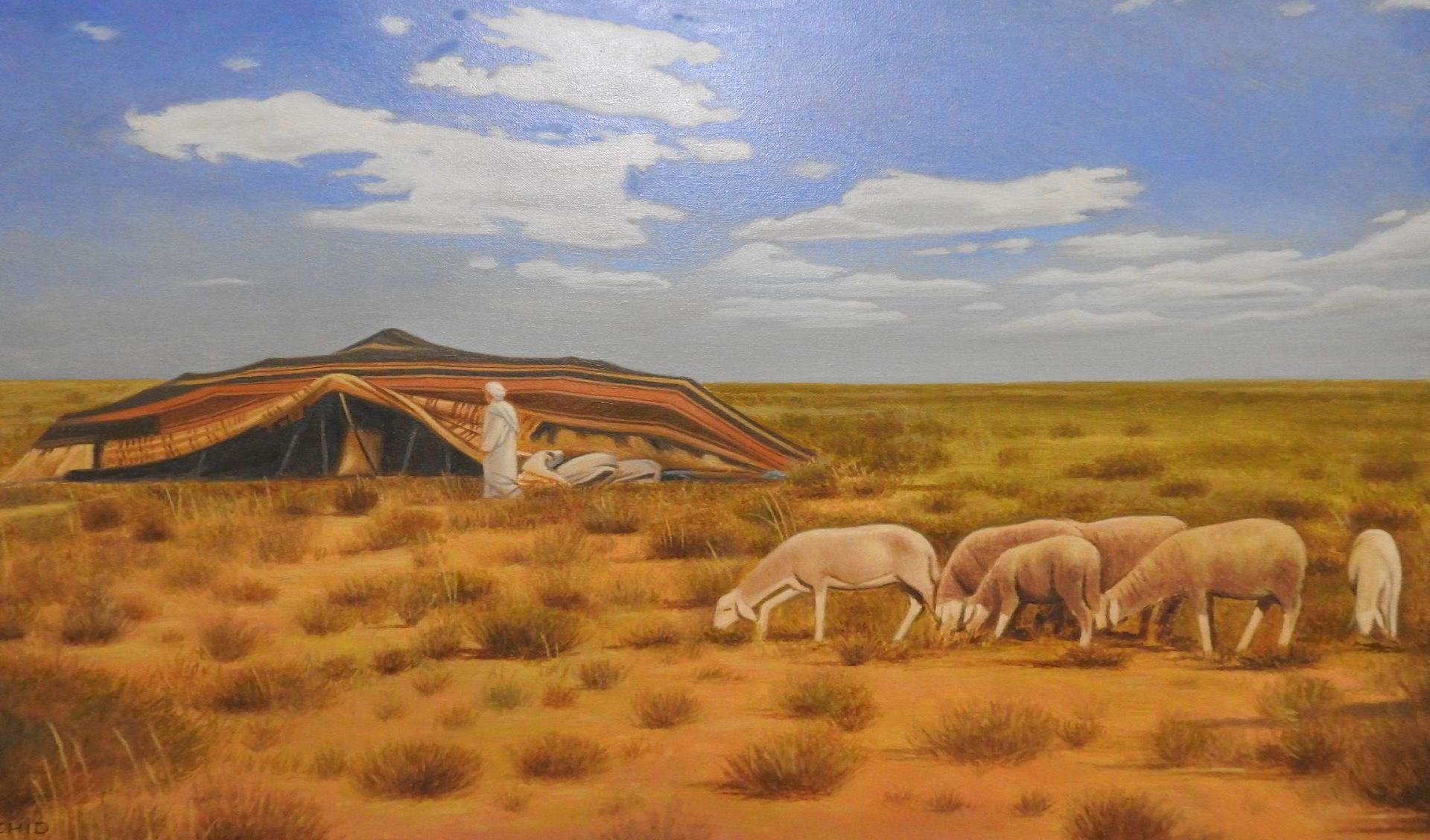Land policies impact on livestock typology and the dynamics of steppe rangelands in the region of Naâma (Western Algeria)
DOI:
https://doi.org/10.19182/remvt.37014Keywords
Rearing system, pastoralism, rangelands, land policies, AlgeriaAbstract
Like all steppe areas, the land tenure system in the Naâma region (western Algeria) has undergone profound changes and upheavals over the centuries. The genesis of the current land tenure system is the product of historical conditions during three successive eras: the Ottoman period (before 1830), the colonial period (1830-1962) and independent Algeria (after 1962). The aim of this study is to understand the impact of recent land tenure policies in the last sixty years of independent Algeria on pastoral livestock farming methods and systems, as well as on the organization and dynamics of steppe rangelands in the Naâma region. A field survey was carried out among livestock owners, whose activities and practices are thought to be determining factors in the modification of the steppe landscape. The results reveal that land appropriation, development and sedentarization, supported by the public authorities, are following a growing trend, fragmenting the steppe’s vastness and affecting livestock-raising methods and systems. To mitigate the changes and upheavals taking place in the steppes, urgent measures need to be put in place along two main lines: the introduction of an occupancy plan for the steppes themselves, and the implementation of the necessary legal measures to reclaim land that has been diverted and put an end to the practice of land grabbing.
Downloads
References
Abdennour B., 2011. Approche de l’analyse de la rupture de la logique sociale de l’Algérie précoloniale et ses conséquences sur la propriété des terres. Rev. Anthrop. Relig., 7 (2): 47-57
Abdennour B., 2022. Les sources des conflits sur la propriété privée en Algérie. Rev. Droit. Sci. Pol., 8 (2): 690-709
Bencherif S., 2011. L’élevage pastoral et la céréaliculture dans la steppe algérienne évolution et possibilités de développement. Thèse Doct., Institut des sciences et industries du vivant et de l’environnement, Paris, France, 295 p.
Bencherif S., 2018. Origines et transformations récentes de l’élevage pastoral de la steppe Algérienne. Rev. Int. Etud. Dev. 236 (4): 55-79, DOI: https://doi.org/10.3917/ried.236.0055
Bensouiah R., 2004. Pasteurs et agropasteurs de la steppe Algérienne. Strates, 11: 1-14 DOI: https://doi.org/10.4000/strates.478
Bernard A., Lacroix N., 1906. L’évolution du nomadisme en Algérie. Ann. Geogr., 80: 152-165 DOI: https://doi.org/10.3406/geo.1906.5111
Daoudi A., Colin J.P., Derderi A., Ouendeno M.L., 2015. Mise en valeur agricole et accès à la propriété foncière en steppe et au Sahara (Algérie). Cah. Pôle Foncier., 13: 1-31
Dockès A.C., Kling-Eveillard F., 2007. Les représentations de l’animal et du bien-être animal par les éleveurs français. INRA Prod. Anim., 20 (1): 23–28 DOI: https://doi.org/10.20870/productions-animales.2007.20.1.3429
DPSB, 2021. Annuaire statistique de la Wilaya de Naâma 2020. Wilaya de Naâma, Algérie, 132 p.
Hadeid M., Bendjelid A., Fontaine J., Ormaux S., 2016. Dynamique spatiale d’un espace à caractère steppique : le cas des Hautes Plaines sud-oranaises (Algérie). Cah. Geog. Québec, 59 (168): 469-496 DOI: https://doi.org/10.7202/1037259ar
Hamani M., 2015. L’impact de la colonisation sur le foncier algérien. Le cas de l’est algérien. Opt. Med. Serie B., 72: 29-52
Nedjraoui D., 2004. Evaluation des ressources pastorales des régions steppiques Algériennes et définition des indicateurs de dégradation. In: Ferchichi A. (comp.), Ferchichi A. (collab.). Réhabilitation des pâturages et des parcours en milieux méditerranéens. Opt. Med. Série Cah. 62: 239- 243
R Core Team (2022). R: A language and environment for statistical computing. R Foundation for Statistical Computing, Vienna, Austria. URL https://www.R-project.org/
Ruiz M., Ruiz J.P., 1986. Ecological history of transhumance in Spain. Biolog. Conserv. 37 (1): 73-86 DOI: https://doi.org/10.1016/0006-3207(86)90035-2
Sonneveld B.G.J.S., Keyzer M.A., Georgis K., Pande S., Seid Ali A., Takele A., 2009. Following the afar: using remote tracking systems to analyze pastoralists’ trekking routes. J. Arid. Environ. 73 (11): 1046-1050 DOI: https://doi.org/10.1016/j.jaridenv.2009.05.001
Yazid B., 2009. Le poids du nomadisme pastoral dans les steppes Algériennes. Etud. Rural., 184 (2): 107-122 DOI: https://doi.org/10.4000/etudesrurales.10514
Yerou H., 2012. Dynamique des systèmes d’élevage et leur impact sur l’écosystème steppique. Cas de la région de Naâma (Algérie occidentale). Thèse Doct., Université Abou Bakr Belkaid, Tlemcen, Algérie, 135 p.

Downloads
-
Abstract1935
-
pdf (Français)517
Received
Accepted
Published
How to Cite
License
© A.T.Youcefi et al., hosted by CIRAD 2023

This work is licensed under a Creative Commons Attribution 4.0 International License.







